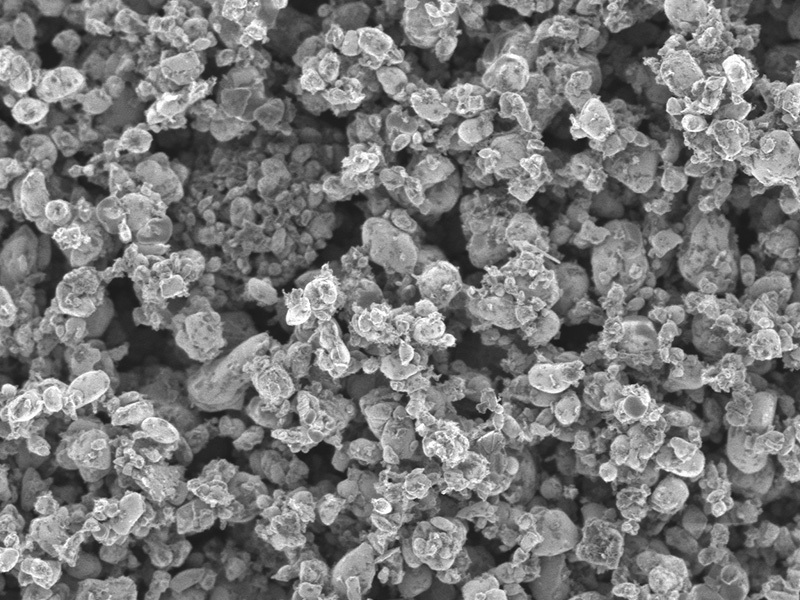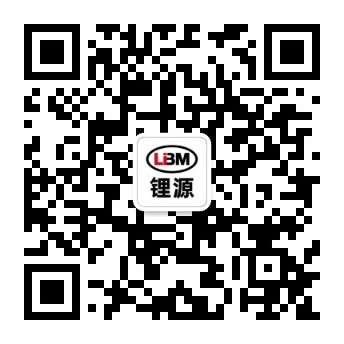Long Cycle LFP: Pioneering the Future of Energy Storage with Unmatched Durability and Sustainability
Release time:
2025-04-09
In the rapidly evolving landscape of energy storage, Long Cycle Lithium Iron Phosphate (LFP) batteries are emerging as the vanguard, redefining industry standards with their unparalleled lifespan and steadfast reliability. These advanced batteries seamlessly integrate the innate safety attributes of LFP chemistry with groundbreaking advancements in cycle life, rendering them the pinnacle choice for applications that demand enduring, maintenance-free performance.
Key Features That Set Long Cycle LFP Apart
Unprecedented Cycle Life:
Long Cycle LFP batteries boast an impressive achievement of 4,000 to 6,000 full charge cycles at an 80% depth of discharge, a feat that underscores their exceptional durability. Even more remarkable is their ability to retain over 80% of their initial capacity after 3,000 cycles, a testament to their superior longevity compared to conventional lithium-ion batteries, which they outperform by 3 to 5 times.
Uncompromising Safety Standards:
Safety is paramount in battery technology, and Long Cycle LFP batteries excel in this regard. Their inherent thermal and chemical stability effectively precludes the risk of thermal runaway, ensuring safe operation across a broad temperature spectrum ranging from -20°C to 60°C. Additionally, these batteries demonstrate exceptional tolerance to overcharging and over-discharging, further enhancing their reliability.
Economic Efficiency:
The financial benefits of Long Cycle LFP batteries are equally compelling. Their extended service life translates into a lower total cost of ownership, while the reduced need for replacements minimizes downtime, optimizing operational efficiency. Moreover, these batteries maintain stable performance throughout their entire lifespan, contributing to consistent energy storage solutions.

Technical Excellence and Versatility
With an energy density ranging between 120-160 Wh/kg, a nominal voltage of 3.2V, and a standard charge rate of 1C (with fast charging capabilities), Long Cycle LFP batteries are engineered for both power and efficiency. Their self-discharge rate remains below 3% per month, ensuring prolonged energy retention when not in use.
Applications Across Diverse Sectors
1. Renewable Energy Integration:
Long Cycle LFP batteries play a pivotal role in the integration of solar and wind power systems, facilitating microgrid stabilization and providing reliable energy storage for residential and commercial applications.
2. Electric Transportation Revolution:
From electric vehicles and hybrid cars to electric buses and fleet vehicles, as well as marine and recreational vehicle applications, these batteries ensure sustained power delivery and enhanced performance.
3. Industrial Power Solutions:
In telecommunications backup power, uninterruptible power supply (UPS) systems, and heavy-duty equipment such as mining and construction machinery, Long Cycle LFP batteries offer unmatched reliability and efficiency.
Market Trajectory and Growth Drivers
The global market for Long Cycle LFP batteries is poised for robust expansion, projected to grow at a compound annual growth rate (CAGR) of 25% through 2030. This growth is underpinned by escalating demands for grid-scale energy storage, the adoption of LFP technology by electric vehicle manufacturers for entry-level models, and the increasing preference for environmentally sustainable battery solutions.
Long Cycle LFP technology embodies the harmonious convergence of durability, safety, and cost-effectiveness, perfectly aligned with contemporary energy storage needs. As ongoing advancements continue to enhance energy density and manufacturing efficiency, these batteries are destined to dominate in applications where longevity and unwavering reliability are not merely desirable but imperative. Long Cycle LFP batteries stand as a beacon of innovation, illuminating the path towards a sustainable and energy-secure future.
Latest News

HOW CAN WE HELP ?
Get In Touch With Us!
Related Link:







